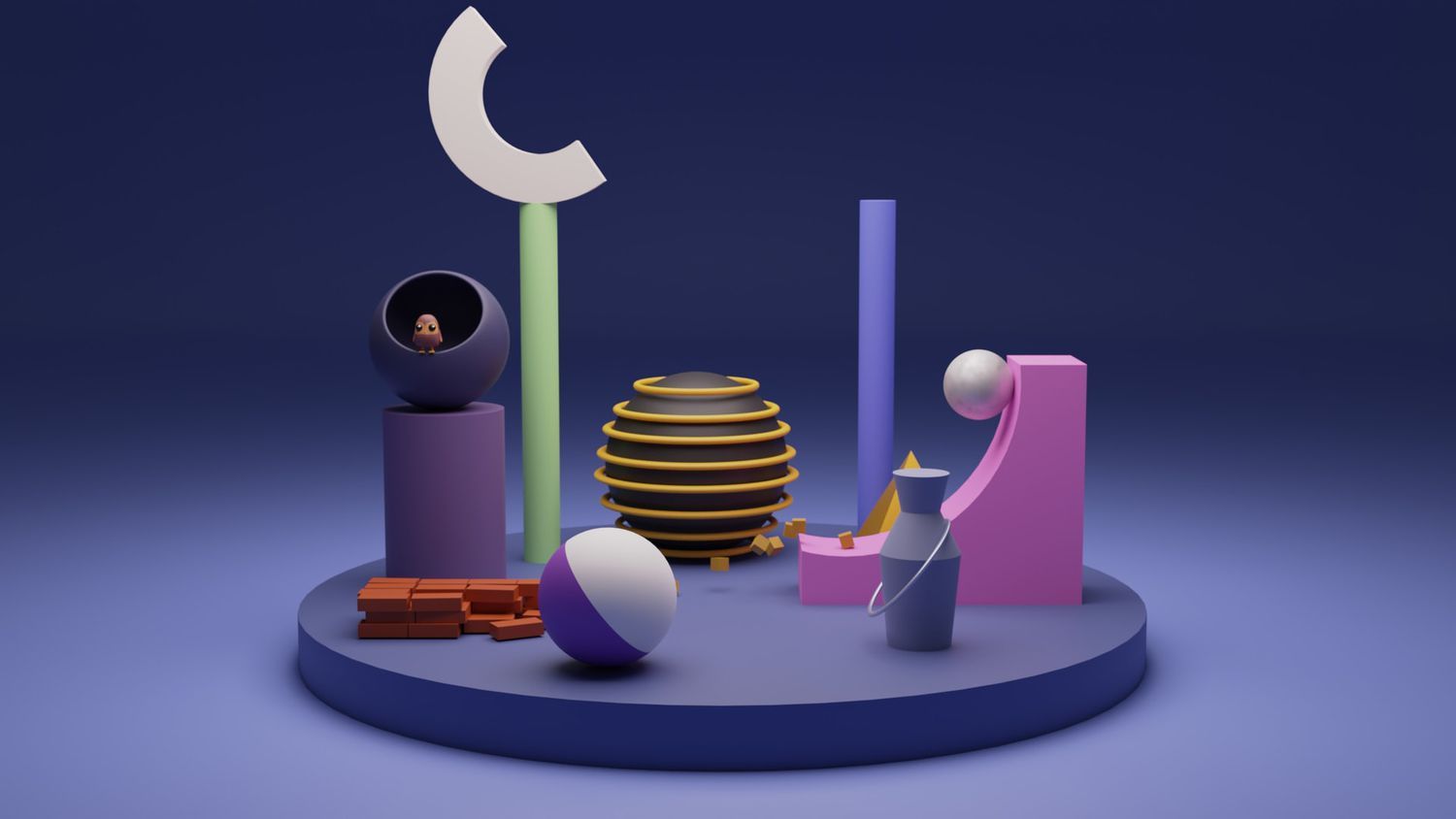
How to Make 3d Art - Complete Guide
3D art is a type of digital art that uses three-dimensional models and environments to create stunning visual effects. It can be used in a variety of industries, including video games, movies, television shows, and advertising. In this article, we will discuss the steps to make 3D art.
Step 1: Choose a 3D Modeling Software
The first step in making 3D art is to choose a 3D modeling software. There are several options available, including Blender, Maya, 3ds Max, and SketchUp. Each software has its own strengths and weaknesses, so it's important to choose the one that best suits your needs and skill level.
Step 2: Create a 3D Model
Once you have chosen a 3D modeling software, the next step is to create a 3D model. This involves using the software to create a digital representation of the object or environment you want to create. The process can vary depending on the software you are using but generally involves using tools such as extrude, sculpt, and deform to shape and manipulate the model.

Step 3: Add Textures
After you have created the 3D model, the next step is to add textures. Textures are images that are applied to the surface of the 3D model to give it a realistic appearance. This can include things like wood grain, metal texture, or fabric patterns. Textures can be created using a variety of tools, including painting programs like Photoshop or using texture maps.
Step 4: Lighting and Rendering
Once you have created the 3D model and added textures, the next step is to add lighting and render the scene. Lighting is essential in creating a realistic 3D scene, and it can be manipulated to create different moods and effects. Rendering involves using the software to create a final image or animation sequence. This can take some time, depending on the complexity of the scene.
Step 5: Post-Processing
After the scene has been rendered, the final step is post-processing. This involves using software to enhance the final image or animation sequence. This can include things like adding special effects, adjusting color and contrast, and adding sound.
Tips for Making 3D Art:
Practice: Making 3D art requires practice, so it's important to spend time honing your skills and experimenting with different techniques.
Start Simple: When first starting out, it's a good idea to start with simple models and environments. This will help you develop your skills and build your confidence.
Use References: When creating a 3D model, it's important to use references to ensure accuracy and realism. This can include things like photographs or sketches.
Experiment with Lighting: Lighting is an essential part of creating a realistic 3D scene. Experiment with different lighting techniques to create different moods and effects.
Be Creative: 3D art is a creative medium, so don't be afraid to experiment and try new things. This can help you develop your own unique style and create something truly original.
Conclusion:
In conclusion, making 3D art requires a combination of technical skills and artistic creativity. The process involves choosing a 3D modeling software, creating a 3D model, adding textures, lighting and rendering, and post-processing.
With practice and experimentation, it's possible to create stunning 3D art that can be used in a variety of industries. By following the tips and steps outlined in this article, you can develop your skills and create your own unique 3D art.
Read More: How much do 3D modelers make?
Appreciate the creator